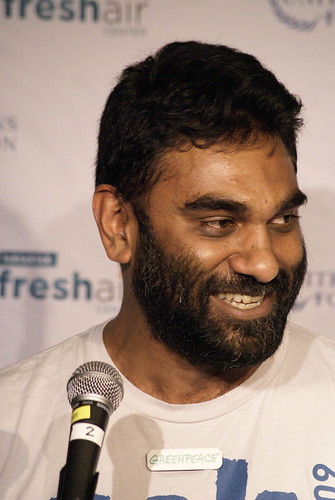This is an important, useful, well-written book. And it’s not all that long, so there is really no excuse not to read it. The book looks at the Darfur advocacy movement, and seeks to answer two major questions: 1) Did the movement have an impact on US policy in Darfur and 2) How much impact could the US actually have on the situation in Darfur?
To answer these questions, Hamilton has done an exhausting amount on research. She has talked to just about every major player on Darfur, from US State Department and USAID officials to Darfuri refugees, Sudanese government officials, and the leaders in the Darfur activism groups. The result is a dispassionate, even-handed analysis of what went wrong in advocacy for Darfur.
It turns out I am terrible at writing book reviews (sorry everyone who’s been sending me review copies!) so I’ll move on to some bullet points that I took down as I read the book:
- This is a book about advocacy on Darfur, not a book about Darfur. If you don’t already have a basic background on the genocide and what came after, then you’ll have a hard time getting everything out of this book. Hamilton recommends A Short History of a Long War for background on Darfur.
- In many ways, this is a book about the waning of American power. However much the activists could influence US decision-making, the US alone could not help Darfur.
- Activists for Darfur were suffering from two major flaws in their perception. First of all, they lacked context on Sudan beyond Darfur, and on the history of Darfur and the nation as a whole. That led to a focus on certain policies and interventions that were not necessarily what was best. Next, they overestimated American power projection. By the time they understood that US power alone could not “save” Darfur, they had missed a number of valuable opportunities to work internationally.
- I was proud of USAID throughout the book. USAID officials were some of the first to speak up about the genocide, and they seemed to consistently fight for the safety and welfare of Darfuris and Sudan as a whole in a way other US government officials did not.
My overall conclusion: buy this book. It’s useful for anyone who wants to know more about Darfur activism, or learn about international activism in general. I am very glad I read it.
Here’s the Amazon (affiliate) link if you want to buy:


